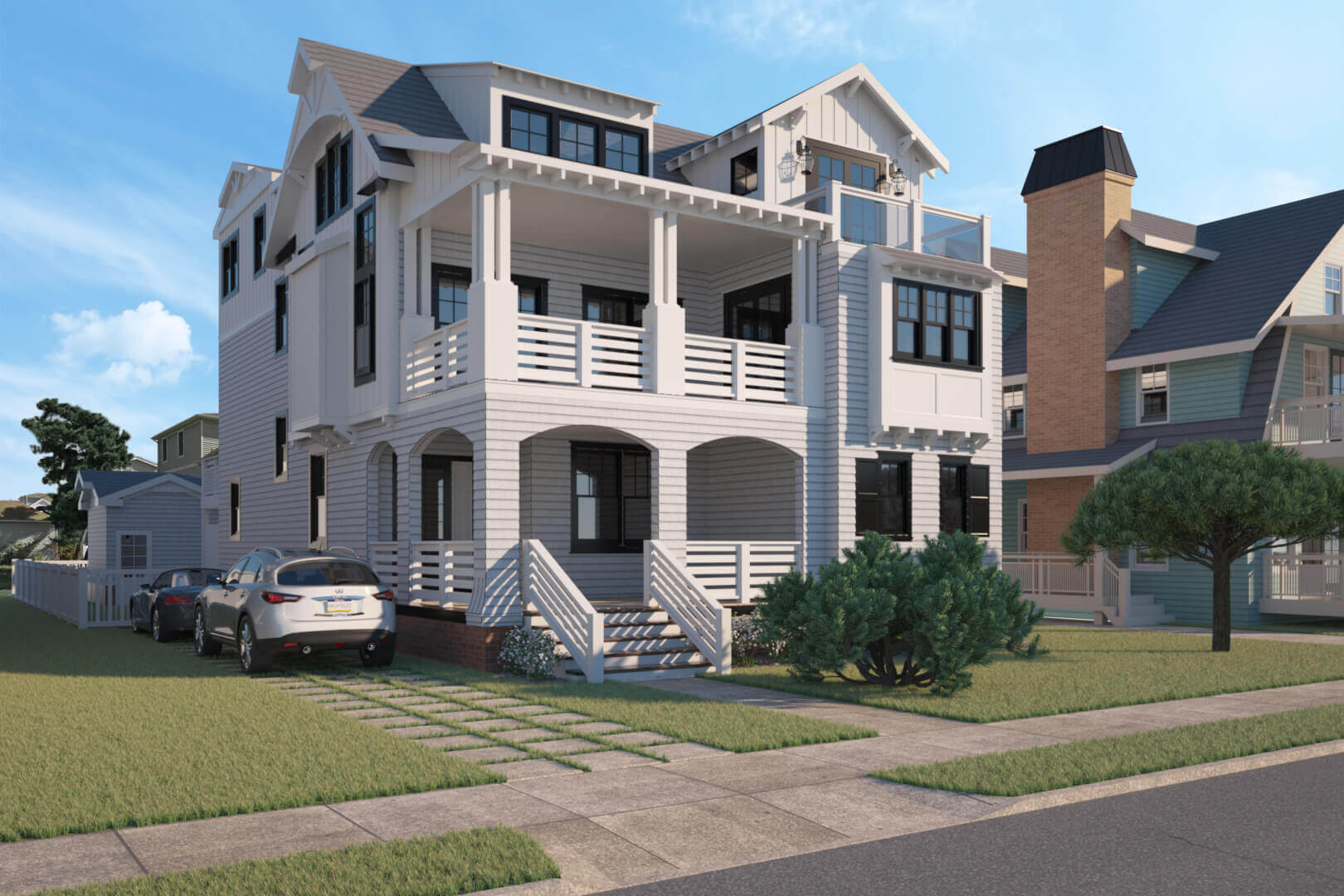When determining the quality of an 3D architectural rendering, you should look for certain elements. A good rendering will have unique composition, style, and narrative. It will not conform to industry conventions. Winners of the One Rendering Challenge used specific tips and best practices to create a rendering that was unique from others.

Familiar Surroundings
An architectural rendering is an excellent tool for communicating architectural designs to clients and demonstrating your architectural skills. A good rendering is not limited by industry conventions, but demonstrates your unique ability to create an exceptional design. There are some key components to consider when preparing a rendering, including the artist's skill level, the software used, and the type of environment the client will be surrounded by.
Architectural renderings are often subject to numerous changes and errors throughout the process. It may take a while to fix all the flaws in a final rendering, but the main goal of the post-production stage is to make the images as realistic and organic as possible. The smallest details can make a huge difference, such as a car driving into the garage or a child playing. The more realistic the image is, the more likely a client will be to be interested in the project.
Creating Believable Surroundings
An architectural rendering can be made more realistic by adding details to the environment. Small things like pedestrians walking through the street or cars parked outside can make the environment more believable. It is easy to create a convincing atmosphere when you include these details. For example, an architectural rendering can depict an apartment complex with an old man standing in front of it.

Creating believable surroundings in an architectural rendering is a critical aspect of the design process. A realistic background will draw the viewer into the image and make the final architectural design more real to them. The background should include elements like the sky, trees, natural bodies of water, and nearby buildings. The background should also contain simple but accurate details and natural colors.
Using Caustics
Architectural renderings are not the same as the digital renderings you see on television or in magazines. The difference lies in the way caustics are computed. Some renderers use brute-force methods to calculate them, but these methods are generally too slow and take too many shortcuts. Moreover, they only give a small contribution to the final rendering. Another method that renderers have used is photon mapping, but this method is difficult to use, slow and produces poor-looking results.For the best visual quality, real-time caustics should be calculated at the pixel and vertex level. This technique allows decoupling the effect from the complexity of the geometry. This method is also known as "spherical ray rendering" and uses the wave theory to compute an animated caustic texture. This texture then blends with the base textures in the scene.
Setting a Focal Point
Setting a focal point in an architectural rendering is a common practice that allows you to convey your design intent and draw the viewer's eye to one specific spot.

This technique helps to establish a tone and give your work more meaning. The focal point should be a natural part of your design, and it should tell a story. A good focal point in an architectural rendering will make the viewer feel involved, and it will add drama and interest to the rendering.
While
setting a focal point in an architectural rendering is important, it is also
important to consider how it will affect the space. A good focal point must
draw the eye towards a specific area or feature without making it appear too
crowded.
Although
this may seem difficult to achieve, it is actually possible to make the focal
point less obvious. To do this, you can use a few tricks of the trade.
